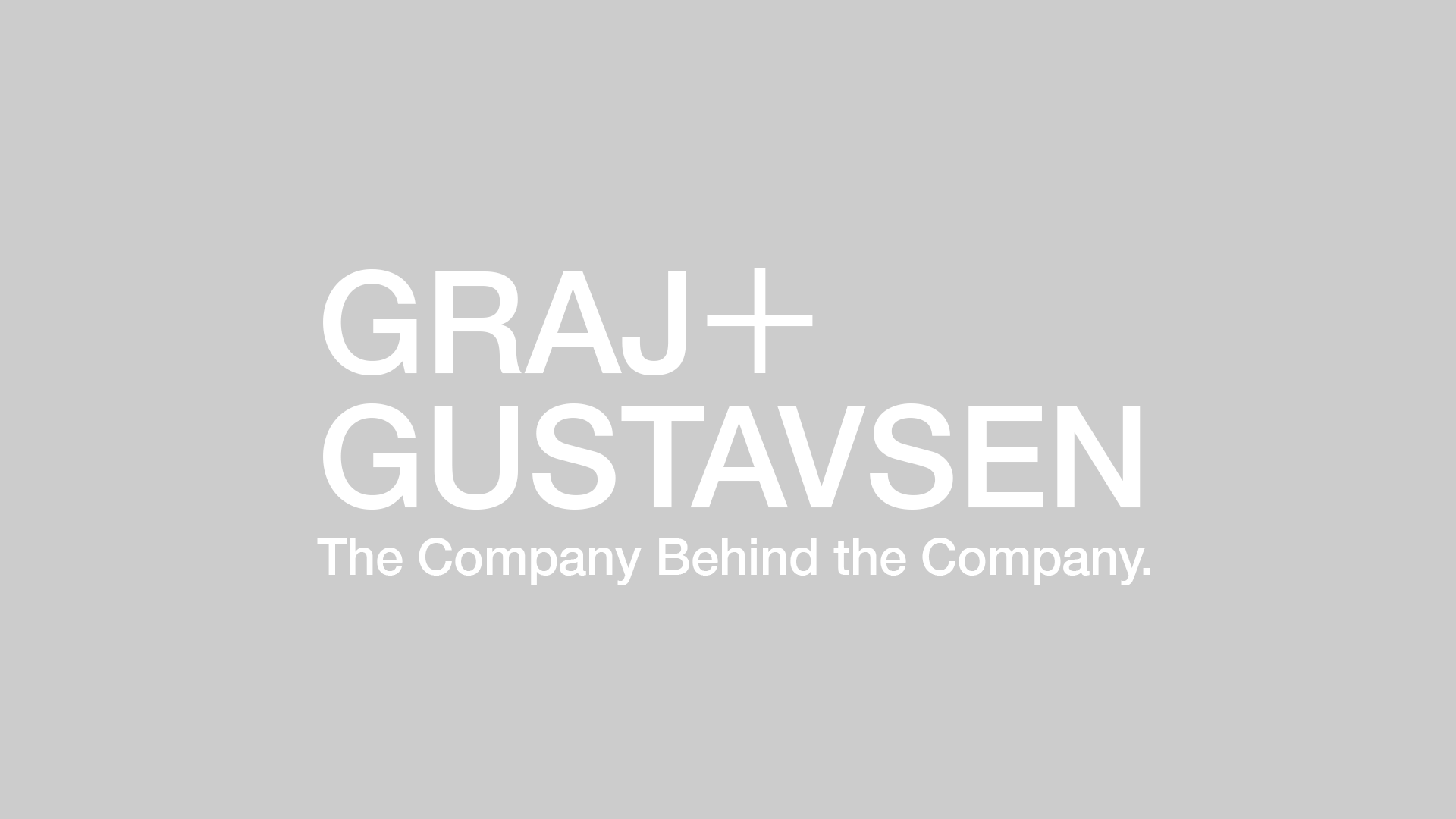In today’s marketplace, the bigger the brands, the less valuable they have often become. Power brands have marketed themselves to create an image. But, their investment has not been geared toward how they enhance your life. People have resorted to buying private-label equivalents with the same ingredients, getting fundamentally the same product and often enjoying three times the quantity for the price.
Consumers are becoming smarter – and in a systematic way, that’s far more intuitive than verbal. Great opportunities remain in the luxury arena provided the products offer real benefits, particularly when they are artisanal or personally designed. That said, the equation for brands has changed. We’re willing to pay a premium for certain things, but that premium price must also be a fair price. People aren’t shelling out good money for an aura. They want measurably enhanced additional performance for the added investment.
But, the most imaginative marketing arena today may be far afield from the domain of premium brands. People are scrutinizing how they live their day-to-day lives more carefully. Rather than being drudgery, this fresh examination of utility has had explosive consequences.
The new consumer outlook toward utility has produced important but overlapping mindset changes:
• Private-label brands are expanding into unexplored areas to tap the market for superior value in existing commodities. This is a great new vista for retailers with vertical products offering the same ingredients as established brands. Rather than just presenting necessary goods, commodity private-label competitors are recognizing they can make these products appealing and attractive, while still offering the customer superior value. That’s because these items don’t carry the economic baggage of branding. People know they need to buy this sort of merchandise but also welcome the opportunity to enrich their lives as well through their buying decisions. Energy Brands’ Vitaminwater is a prime example of utility made exciting through enterprising items combined with simple, clear communication about product attributes.
• The second pioneering landscape is in innovating commodities in the style of established brand extensions. Because of the greater awareness of ingredients and product composition, products not viewed as commodities will be increasingly seen in the realm of commodities by the consumer. For example, mustard was once generic yellow mustard. Now Dijon-style mustard . . . and honey mustard . . . and stone-ground mustard are regarded by a more aware consumer as independently identifiable commodities in their own right. Trader Joe’s and Target’s “Up” brand are examples of retailers engaging in this kind of branding development.
• Third, because of the awakened consumer receptivity, a fundamental change in innovation is taking place. Product innovations used to be introduced by branded manufacturers. If successful, they were then appropriated by generic purveyors. Now, generic manufacturers are entering the innovation development pool in their own right. Innovation is no longer the secure domain of established brands.
What has enabled this dramatic change? This is very much an information-driven phenomenon, and there is such a vast amount of information available today. In a way, unbranded, commodity producers enjoy a freedom and elasticity that brands may lack. These generic producers – primarily retailers – can engineer products that speak to consumers in uniquely personal ways without having to deal with the often weighty strictures of an existing brand identity. Fast Retailing’s Uniglo has done an excellent job of mastering this concept – one which blends product knowledge, sophistication, and respect.
If I sound invigorated by this evolution, it’s because I am! This change – initially driven by a search for fundamental value – has released an entirely new energy to create genuine aspirational value in everyday products. Rather than demeaning basics and shoving them to the side, the re-engineering of basics has spurred a sea change that is recalibrating how consumers spend disposable income.
The romance of the past – where brands anchor their premium – is waning as the new world of utility grows in adventure.


